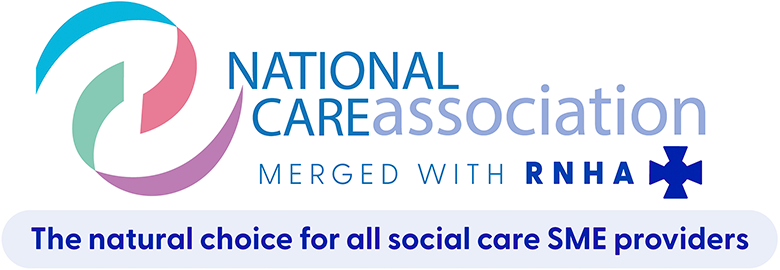4th July 2018
Old-style Graseby syringe drivers (e.g. MS16, MS16A, MS26)

We are sending the below letter on behalf of interim National Director of Patient Safety at NHS Improvement, Celia Ingham-Clark, who has sent a similar letter to all NHS trusts following the release of the Gosport Independent Panel Inquiry on 19 June 2018. The report highlighted concerns about the ongoing availability and usage of certain models of Graseby syringe drivers, specifically the use of the older Graseby syringe drivers that worked by measuring millimetres of syringe length (e.g. MS16, MS16A, MS26). Please contact NHS Improvement directly with any queries.
Patient Safety NHS Improvement Wellington House 133-155 Waterloo Road London SE1 8UG
26 June 2018
Dear colleague,
Re: Old-style Graseby syringe drivers (e.g. MS16, MS16A, MS26)
You will be aware of the media interest over the weekend in relation to the Gosport Inquiry and specifically the use of the older Graseby syringe drivers that worked by measuring millimetres of syringe length (e.g. MS16, MS16A, MS26).
A National Patient Safety Agency (NPSA) ‘Rapid Response Report’ was issued in December 2010 requiring organisations to ‘agree an end date to complete the transition between existing ambulatory syringe drivers and ambulatory syringe drivers with additional safety features (as soon as locally feasible, and within five years of this RRR)’. This advice was given not because the Graseby syringe drivers had any mechanical faults, but because the complexities of converting doses to mm of syringe length, and confusion between models that had ‘per 24 hours’ settings and models that had ‘per hour’ settings, had continued to lead to error. By the time of the NPSA RRR, alternative models of syringe driver with enhanced safety features had become available.
The NPSA requirement applied to all providers of NHS funded care in England, including in the independent sector and third sector. Hospices should therefore have acted on the alert at the time. Whilst the NPSA’s remit did not extend to providers who only ever care for privately funded patients, we know that these providers, and the healthcare professionals who work within them, also aim to implement any relevant safety advice.
We are therefore not envisioning any of these older style syringe drivers to still be in use.
However, we would urge you to undertake local checks to ensure that none of the old-style Graseby ambulatory syringe drivers, that worked by measuring millimetres of syringe length, are still in use in your organisation (e.g. MS16, MS16A, MS26).
We are aware that large chains may hold medical device asset registers which should provide the necessary information but we know that often these syringe drivers may have been purchased directly by clinical teams using charitable donations and may not have gone through formal organisational purchasing routes. We would therefore encourage organisations to directly contact all their clinical teams and units to check if they have any old-style syringe drivers.
We would advise that if any of these types of syringe drivers are found to be in use they should be withdrawn as soon as possible; ensuring patient care is not compromised.
Thank you for undertaking this additional check to ensure past safety advice has been fully implemented.
Yours sincerely,
Celia Ingham-Clark MBE, SFFMLM, MChir, FRCS, FRCA Interim National Director of Patient Safety NHS Improvement














